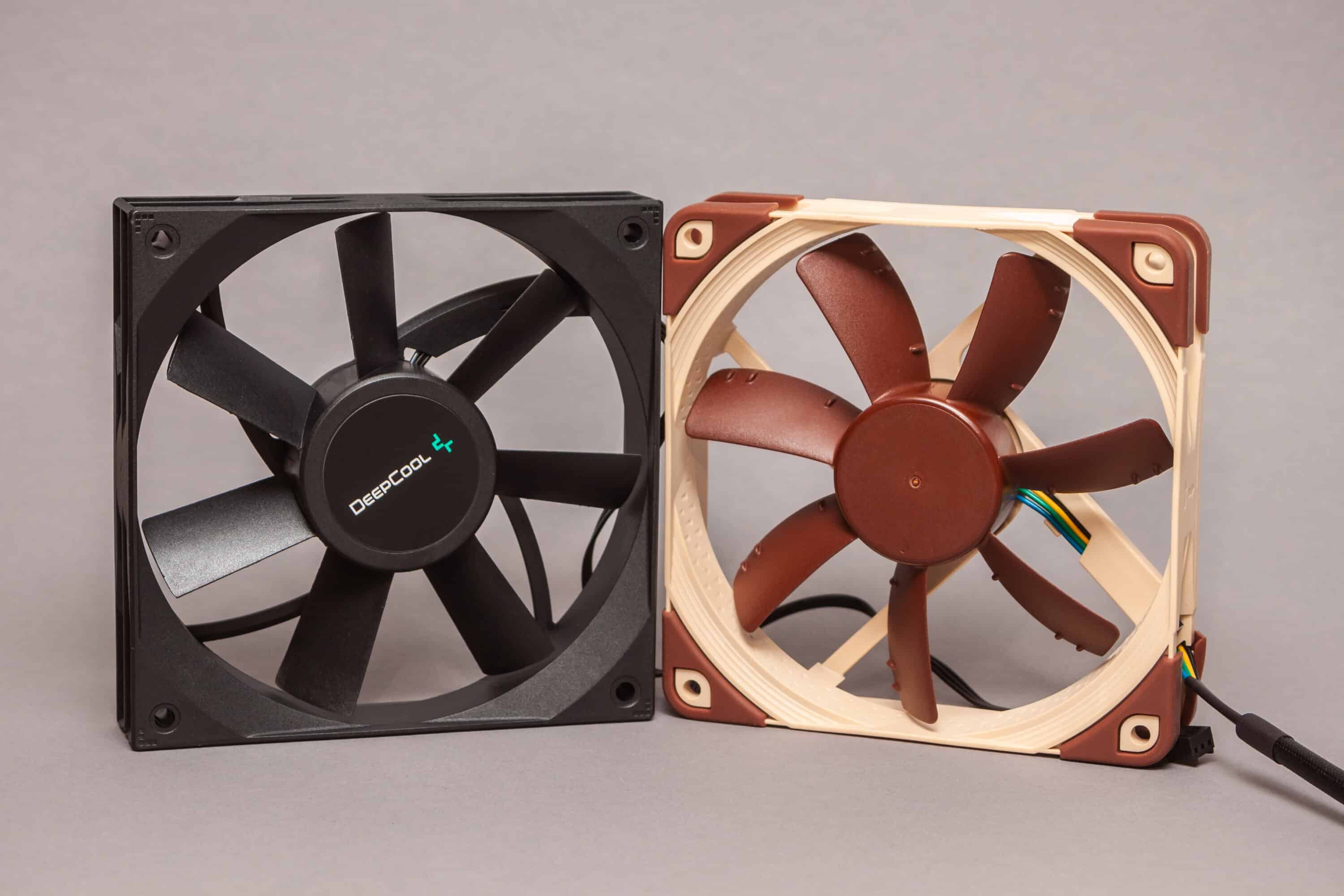

Articles
What Is Fan Static Pressure
Modified: February 20, 2024
Learn everything you need to know about fan static pressure in our informative articles. Gain insights and enhance your understanding of this important concept.
(Many of the links in this article redirect to a specific reviewed product. Your purchase of these products through affiliate links helps to generate commission for Storables.com, at no extra cost. Learn more)
Introduction
Welcome to the world of fan static pressure! If you’ve ever wondered what powers the air circulation in your home, office, or any other building, the answer lies in the concept of fan static pressure. Understanding this important aspect of fan performance can greatly impact the efficiency and effectiveness of an HVAC system.
Fan static pressure refers to the resistance that air encounters when flowing through a ventilation system. It is crucial for various reasons, including maintaining proper airflow, ensuring optimal comfort levels, and maximizing energy efficiency.
In this article, we will delve into the definition of fan static pressure, its significance, the factors affecting it, the units of measurement, how it is calculated, and its applications in different industries.
Whether you are an HVAC technician or simply curious about the world of air ventilation, this article will provide a comprehensive understanding of fan static pressure and its role in maintaining a comfortable and healthy environment.
So, let’s dive in and demystify the fascinating world of fan static pressure!
Key Takeaways:
- Fan static pressure is the force that drives air through ventilation systems, impacting airflow distribution, energy efficiency, equipment performance, air quality, and noise levels. Understanding and managing it is crucial for creating a comfortable and healthy environment.
- Factors such as duct design, airflow restrictions, fan type, air volume, filtration, and system balancing influence fan static pressure. Proper measurement, calculation, and analysis of fan performance curves are essential for optimizing ventilation system performance.
Read also: 14 Amazing Static Pressure Fan for 2024
Definition of Fan Static Pressure
Fan static pressure, also known as static pressure drop, is the resistance that air encounters as it moves through a ventilation system. It is the force that acts against the airflow, causing a pressure difference between the fan inlet and outlet.
When a fan is operating, it creates a pressure difference between the system’s supply and return sides, which creates the necessary air movement. This pressure difference is what drives air through ducts, filters, coils, and other components of the ventilation system.
The static pressure is determined by the design and configuration of the ductwork, as well as any obstructions or components in the system that impede airflow. It is measured in units of pressure, such as pascals (Pa) or inches of water gauge (in. wg).
In simpler terms, fan static pressure can be understood as the force required to push air through the ventilation system. It is essential to overcome this pressure drop to maintain adequate airflow and ensure that conditioned air reaches its intended destinations.
It is important to note that fan static pressure is different from total static pressure. Total static pressure takes into account the pressure drop caused by friction, gravitational forces, and changes in elevation in addition to the fan static pressure.
In essence, fan static pressure is a critical factor in determining the performance and efficiency of a ventilation system. Without an adequate understanding and management of static pressure, issues such as poor airflow, low energy efficiency, and discomfort can arise.
Importance of Fan Static Pressure
Fan static pressure plays a crucial role in the proper functioning and performance of ventilation systems. Understanding its importance is essential for HVAC professionals and building owners alike. Here are some key reasons why fan static pressure is important:
- Airflow Distribution: Fan static pressure ensures that air is distributed evenly throughout the building. Without proper static pressure management, certain areas may receive insufficient airflow, leading to discomfort or ineffective temperature control.
- System Efficiency: Maintaining the ideal static pressure can significantly improve the energy efficiency of the ventilation system. When fan static pressure is too high, it indicates excessive resistance in the ductwork, filters, or other components, resulting in increased energy consumption. On the other hand, low static pressure can lead to inadequate airflow, causing the system to work harder to achieve desired conditions.
- Equipment Performance: Fan static pressure affects the performance of HVAC equipment such as fans, compressors, and coils. When the static pressure exceeds the design limits of these components, it can lead to decreased efficiency, increased wear and tear, and potential system failures. Proper management of static pressure ensures optimal performance and extends the lifespan of the equipment.
- Air Quality: The static pressure within the ventilation system impacts the air quality in a building. Insufficient static pressure can result in inadequate air filtration, allowing contaminants and pollutants to circulate. Conversely, excessive static pressure can cause filters and other filtration components to become overloaded, reducing their effectiveness. Maintaining proper static pressure ensures that the air circulating in the building is clean and healthy.
- Noise Control: Fan static pressure can also influence the noise level generated by the ventilation system. When static pressure is too high, it can increase the turbulence and velocity of the air, resulting in excessive noise. By managing static pressure appropriately, noise levels can be kept within acceptable limits, promoting a comfortable and peaceful environment.
Overall, fan static pressure is a critical parameter that directly impacts the performance, efficiency, comfort, and air quality of a ventilation system. By understanding its importance and effectively managing static pressure, HVAC professionals can optimize system performance, minimize energy consumption, and ensure the comfort and well-being of building occupants.
Factors Affecting Fan Static Pressure
Several factors can influence fan static pressure in a ventilation system. Understanding these factors is crucial for effectively managing and optimizing the performance of the system. Here are some key factors that can impact fan static pressure:
- Duct Design: The design and layout of the ductwork have a significant impact on fan static pressure. Factors such as the size, length, and number of bends in the ducts can increase resistance and result in higher static pressure. Proper duct design, including appropriate sizing and smooth airflow paths, can help minimize static pressure loss.
- Airflow Restrictions: Any obstructions or restrictions in the ventilation system, such as filters, grilles, dampers, or clogged ducts, can increase static pressure. Regular maintenance, including cleaning or replacing filters and ensuring unobstructed airflow, is essential to prevent excessive static pressure and maintain optimal system performance.
- Fan Type and Speed: The type of fan being used and its operating speed can affect static pressure. Different fan types, such as centrifugal fans or axial fans, have varying pressure characteristics. Additionally, adjusting the fan speed can directly impact the static pressure. It is important to select the appropriate fan type and adjust the speed to maintain the desired static pressure levels.
- Air Volume: The amount of air being moved through the ventilation system, also known as air volume, can impact static pressure. Higher air volumes require more energy and can result in higher static pressure. It is crucial to properly size the fan and ductwork based on the required air volume to ensure adequate airflow without excessively high static pressure.
- Filtration: The type and condition of filters used in the ventilation system can affect static pressure. Filters with a high resistance to airflow can increase the static pressure, resulting in decreased performance and energy efficiency. Regular filter maintenance, including cleaning or replacement, is necessary to maintain optimal airflow and minimize static pressure build-up.
- System Balancing: Improperly balanced systems can contribute to uneven static pressure distribution. Balancing involves adjusting dampers or airflow control devices to ensure an even airflow throughout the building. Proper system balancing helps optimize static pressure and prevent discomfort or inefficiencies.
By considering and managing these factors, HVAC professionals can effectively control fan static pressure, promote optimal airflow, and ensure the efficiency and performance of the ventilation system.
Measurement Units of Fan Static Pressure
Fan static pressure is typically measured in various units of pressure, depending on the region or industry. The most common units used to measure static pressure are:
- Pascals (Pa): Pascal is the SI (International System of Units) unit of pressure. It is a small unit of pressure, and fan static pressure readings are often expressed in pascals. 1 pascal is equivalent to 1 newton per square meter (N/m²). The pascal is commonly used in scientific and engineering applications to measure pressure, including fan static pressure.
- Inches of Water Gauge (in. wg): Inches of water gauge is a unit commonly used in HVAC and ventilation systems. It represents the pressure exerted by a column of water in inches. This unit is derived from the measurement of pressure by using a U-shaped manometer filled with water. The inches of water gauge is a practical unit for measuring moderate static pressures in ventilation systems.
- Pounds per Square Inch (psi): Pounds per square inch is a unit of pressure commonly used in the United States. It measures the force exerted by a pound of force on an area of one square inch. PSI is often used in industrial and commercial applications to measure pressure, including fan static pressure.
- Millimeters of Water Column (mmWC): Millimeters of water column is another unit used to measure static pressure. It represents the pressure exerted by a column of water in millimeters. Similar to the inches of water gauge, this unit is commonly used in HVAC and ventilation applications.
It is important to note that conversions between these units are possible, and it may be necessary to convert static pressure readings from one unit to another depending on the requirements of the specific application or measurement device being used.
When measuring fan static pressure, it is crucial to use appropriate instruments such as manometers, pressure gauges, or electronic sensors specifically designed for pressure measurements. These instruments provide accurate and reliable static pressure readings, allowing HVAC professionals to assess and adjust the ventilation system for optimal performance.
When selecting a fan for a ventilation system, consider the fan static pressure. This measures the resistance the fan must overcome to move air through the system. Choose a fan with a static pressure rating that matches the requirements of your specific application.
Read also: 13 Best Static Pressure Fan 120Mm for 2024
Calculation of Fan Static Pressure
The calculation of fan static pressure involves taking into account various factors, such as the resistance and airflow in the ventilation system. Here are the key steps to calculate fan static pressure:
- Determine the Airflow: The first step is to measure or determine the airflow rate in the system. This can be done using airflow measurement tools or by using the specifications provided by the fan manufacturer.
- Identify the Resistance Points: Identify the resistance points in the ventilation system where the static pressure is acting. These points could include components such as ductwork, filters, grilles, dampers, and any other obstructions that affect airflow.
- Measure the Resistance: Measure the resistance or pressure drop at each of the identified resistance points. This can be done using pressure gauges or manometers. Subtract the pressure at the outlet of the resistance point from the pressure at the inlet to determine the pressure drop at each location.
- Sum up the Pressure Drops: Sum up the pressure drops at each resistance point to get the total static pressure. This represents the total resistance that the fan needs to overcome to maintain airflow in the system.
- Calculate Fan Static Pressure: Finally, divide the total static pressure by the airflow rate to obtain the fan static pressure. This will provide a measure of the resistance per unit airflow and is typically expressed in units such as pascals per cubic meter (Pa/m³) or inches of water gauge per cubic foot per minute (in. wg/CFM).
It is important to note that fan static pressure can vary at different air volume levels. Therefore, it is advisable to calculate the static pressure at various points of operation to accurately assess the performance of the ventilation system.
The calculation of fan static pressure is essential for troubleshooting, system optimization, and ensuring that the fan is delivering the desired airflow. By carefully considering the resistance points and accurately measuring the pressure drops, HVAC professionals can evaluate and adjust the system to maintain optimal static pressure levels for efficient and effective operation.
Fan Performance Curves and Static Pressure
Fan performance curves are graphical representations of a fan’s characteristics and provide valuable insights into its operation at different airflow rates and static pressures. These curves help HVAC professionals understand how a fan will perform under varying conditions and determine its suitability for specific applications.
The fan performance curve typically displays the relationship between airflow rate (in cubic feet per minute or cubic meters per hour) and the static pressure (in inches of water gauge or pascals). The curve plots multiple points representing the fan’s performance at different static pressures.
There are typically three types of fan performance curves:
- Static Pressure vs. Airflow: This curve illustrates how the fan’s static pressure changes as the airflow rate varies. It shows the fan’s ability to produce the required static pressure at different flow rates. The curve demonstrates the fan’s operating range and can help determine whether the fan is suitable for a specific application.
- Efficiency: The efficiency curve indicates the fan’s efficiency at different airflow rates. It reveals the amount of power consumed by the fan to produce a given airflow against the static pressure. Efficiency is an important consideration for energy-efficient operation, and the curve helps identify the optimal operating range for maximum efficiency.
- Power Consumption: The power curve represents the power consumption of the fan at different airflow rates. It provides insights into the fan’s energy requirements and helps in determining the power demands of the system. This curve is particularly useful for energy planning and cost analysis.
By analyzing the fan performance curves, HVAC professionals can select the appropriate fan for a given application and ensure that it operates within the desired range of static pressure and airflow. It allows for system optimization, energy efficiency, and reliable performance.
Additionally, fan performance curves can be used to assess the effects of system modifications or changes in ductwork configuration. By referring to the curves, professionals can evaluate how such changes will impact static pressure and overall system performance.
In summary, fan performance curves provide a visual representation of a fan’s performance characteristics, including static pressure, airflow, efficiency, and power consumption. Understanding these curves is crucial for selecting the right fan, optimizing system performance, and achieving efficient and effective ventilation.
Applications of Fan Static Pressure
Fan static pressure finds application in a wide range of industries and settings where proper airflow, ventilation, and air circulation are essential. Here are some common applications where fan static pressure is crucial:
- HVAC Systems: Fan static pressure is central to the operation of heating, ventilation, and air conditioning (HVAC) systems. It ensures the proper distribution of conditioned air throughout a building, allowing for efficient temperature control, comfort, and indoor air quality. Proper fan static pressure management is critical to ensure the optimal functioning and performance of HVAC systems.
- Industrial Ventilation: In industrial settings, such as factories, manufacturing plants, and warehouses, fan static pressure ensures proper airflow and ventilation. It helps remove pollutants, fumes, and excess heat from the working environment while maintaining a safe and comfortable atmosphere for employees. Fan static pressure is instrumental in maintaining a healthy and productive workplace.
- Commercial Buildings: In commercial buildings, such as offices, malls, and hospitals, fan static pressure is essential for maintaining proper air circulation. It ensures the delivery of conditioned air to various areas, promotes thermal comfort, and helps control humidity levels. Fan static pressure helps prevent stagnant air, balance airflow, and provide optimal indoor air quality for occupants.
- Data Centers: Data centers require precise control over temperature and humidity levels to protect critical equipment. Fan static pressure is crucial for efficiently cooling equipment and removing excess heat from server rooms. It ensures proper airflow through cooling systems and helps maintain a stable operating environment to safeguard sensitive electronic components.
- Indoor Grow Facilities: In indoor greenhouse facilities used for cultivating plants, fan static pressure is critical for providing adequate air exchange and ventilation. It helps control temperature, humidity, and CO2 levels for optimal plant growth. Fan static pressure ensures uniform air distribution, allowing plants to receive essential nutrients and carbon dioxide, promoting healthy growth and maximizing crop yields.
- Cleanrooms: In environments where contamination control is crucial, such as pharmaceutical labs and semiconductor manufacturing facilities, fan static pressure is vital for maintaining cleanroom integrity. It helps regulate air pressure differentials between cleanrooms and adjoining areas, preventing the inward flow of contaminants and maintaining clean and controlled environments.
These are just a few examples of how fan static pressure plays a vital role in various industries and settings. Whether it is for air conditioning, ventilation, or specialized applications, understanding and managing fan static pressure is essential for ensuring optimal airflow, comfort, energy efficiency, and safety.
By considering the unique requirements of each application, HVAC professionals can accurately determine and control fan static pressure to achieve desired outcomes and create a healthy and comfortable environment.
Conclusion
Fan static pressure is a fundamental concept in the world of ventilation and air circulation. Understanding and managing fan static pressure is crucial for maintaining optimal airflow, comfort, energy efficiency, and air quality in various industries and settings.
In this article, we explored the definition of fan static pressure and its importance in HVAC systems, industrial ventilation, commercial buildings, data centers, indoor grow facilities, and cleanrooms. We also discussed the factors that can affect fan static pressure, the units of measurement used to quantify it, and the calculation methods involved.
Fan performance curves and their relationship to static pressure were also examined, highlighting the significance of these curves in selecting the appropriate fan for specific applications and optimizing system performance.
Proper management of fan static pressure requires a comprehensive understanding of the factors influencing it, and the use of appropriate measurement tools to accurately assess and adjust the system. By maintaining optimal static pressure, HVAC professionals can ensure even airflow distribution, energy efficiency, equipment performance, air quality, and noise control.
Whether it is in homes, office buildings, factories, or specialized facilities, fan static pressure plays a critical role in creating a comfortable, healthy, and productive environment for occupants.
By staying informed about the principles of fan static pressure and its impact on ventilation systems, HVAC professionals can troubleshoot, optimize, and maintain efficient air circulation and system performance. This, in turn, leads to improved indoor air quality, energy savings, and overall customer satisfaction.
So, next time you enter a well-ventilated space, take a moment to appreciate the important role that fan static pressure plays in creating a comfortable and healthy environment.
Frequently Asked Questions about What Is Fan Static Pressure
Was this page helpful?
At Storables.com, we guarantee accurate and reliable information. Our content, validated by Expert Board Contributors, is crafted following stringent Editorial Policies. We're committed to providing you with well-researched, expert-backed insights for all your informational needs.
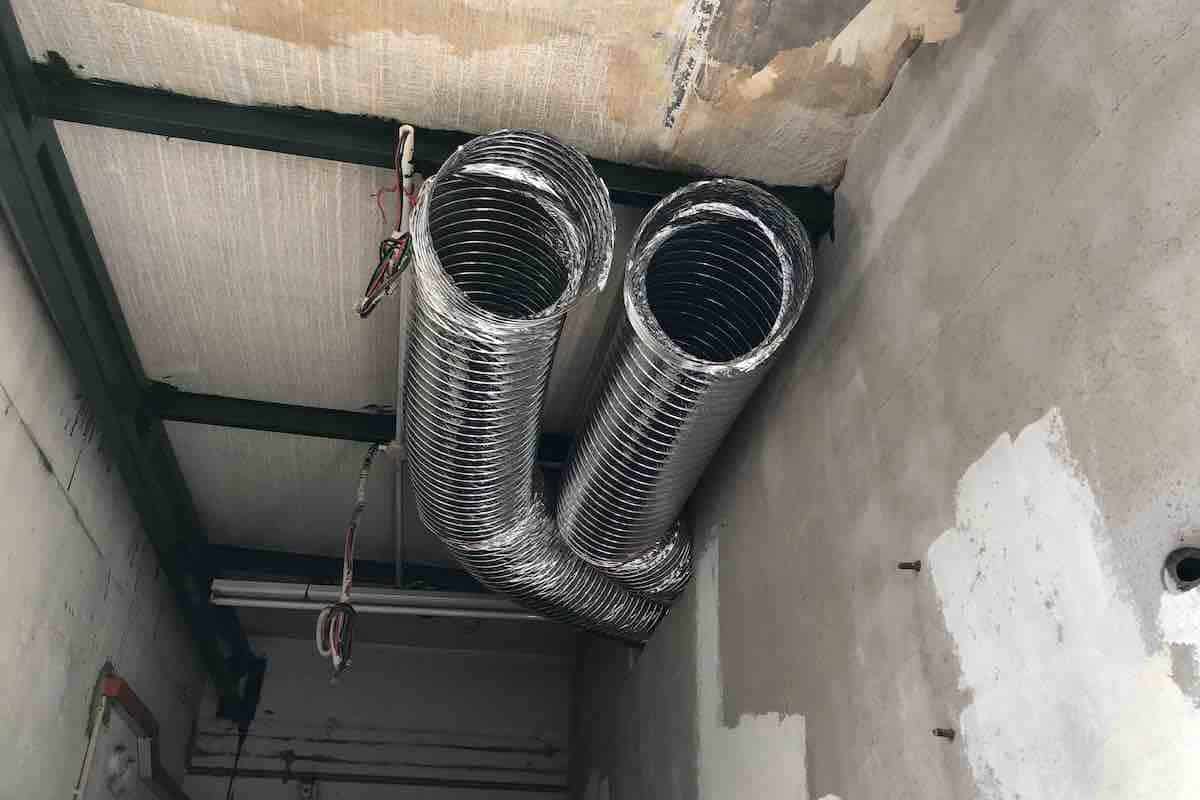










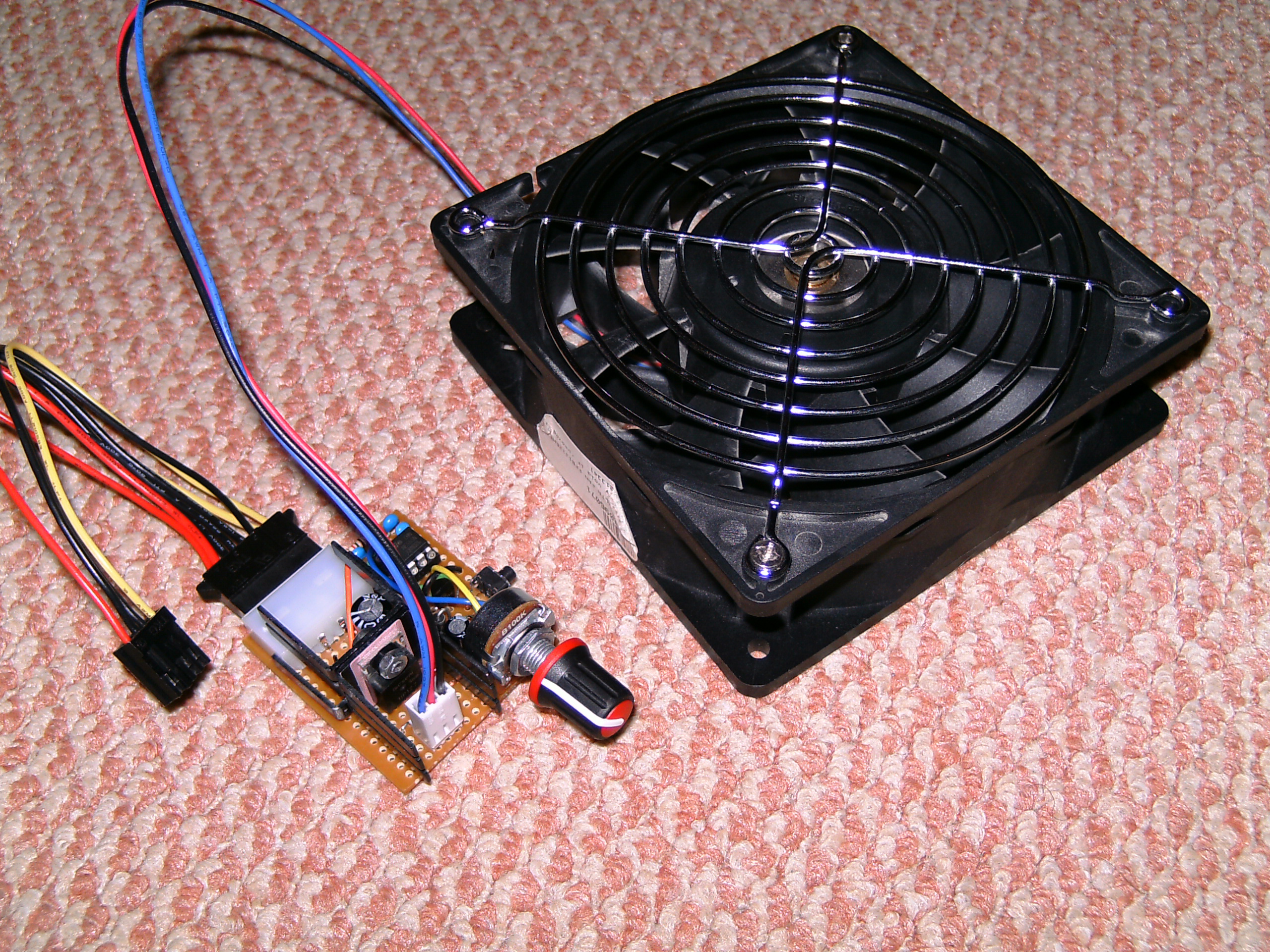
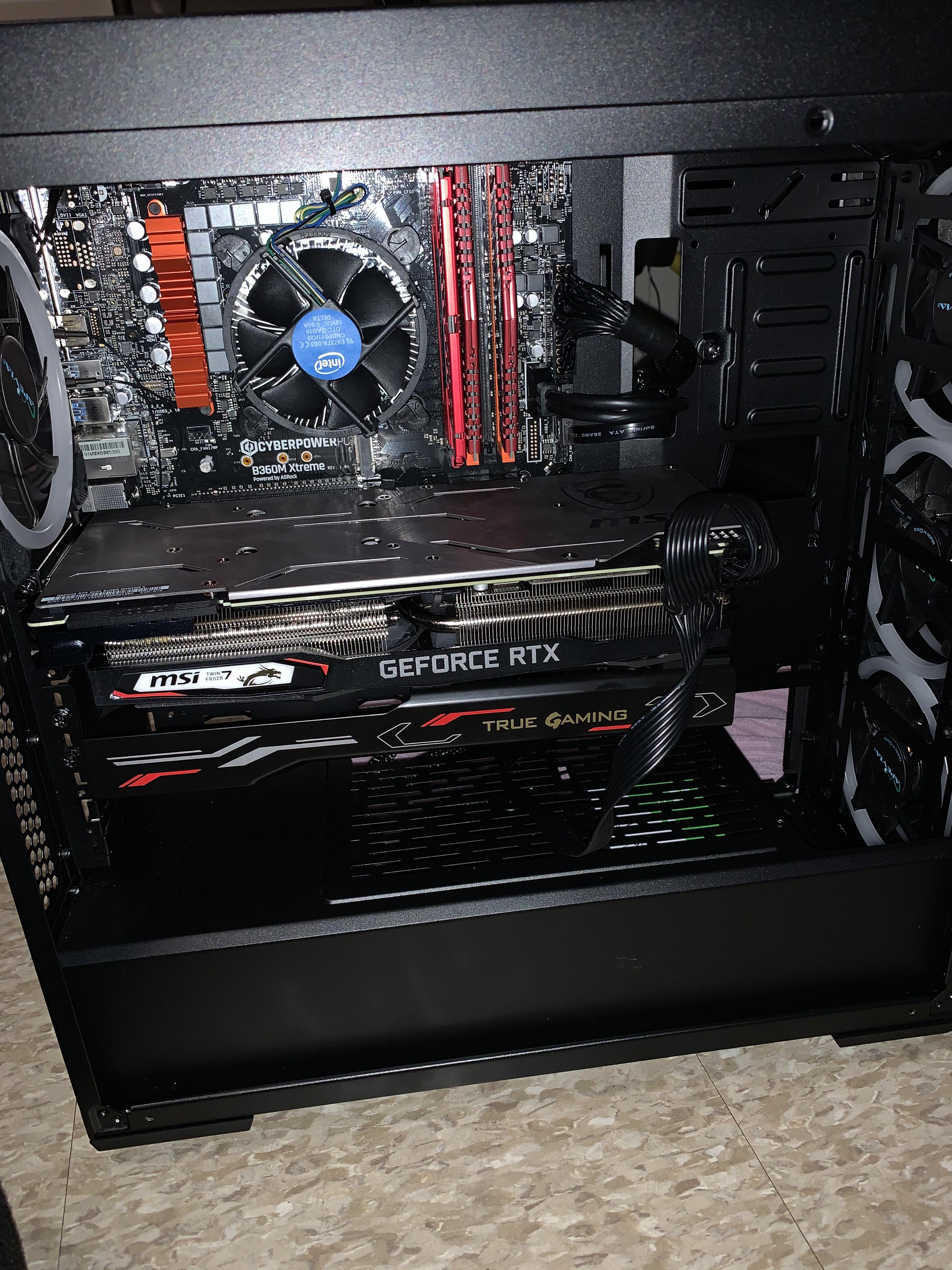
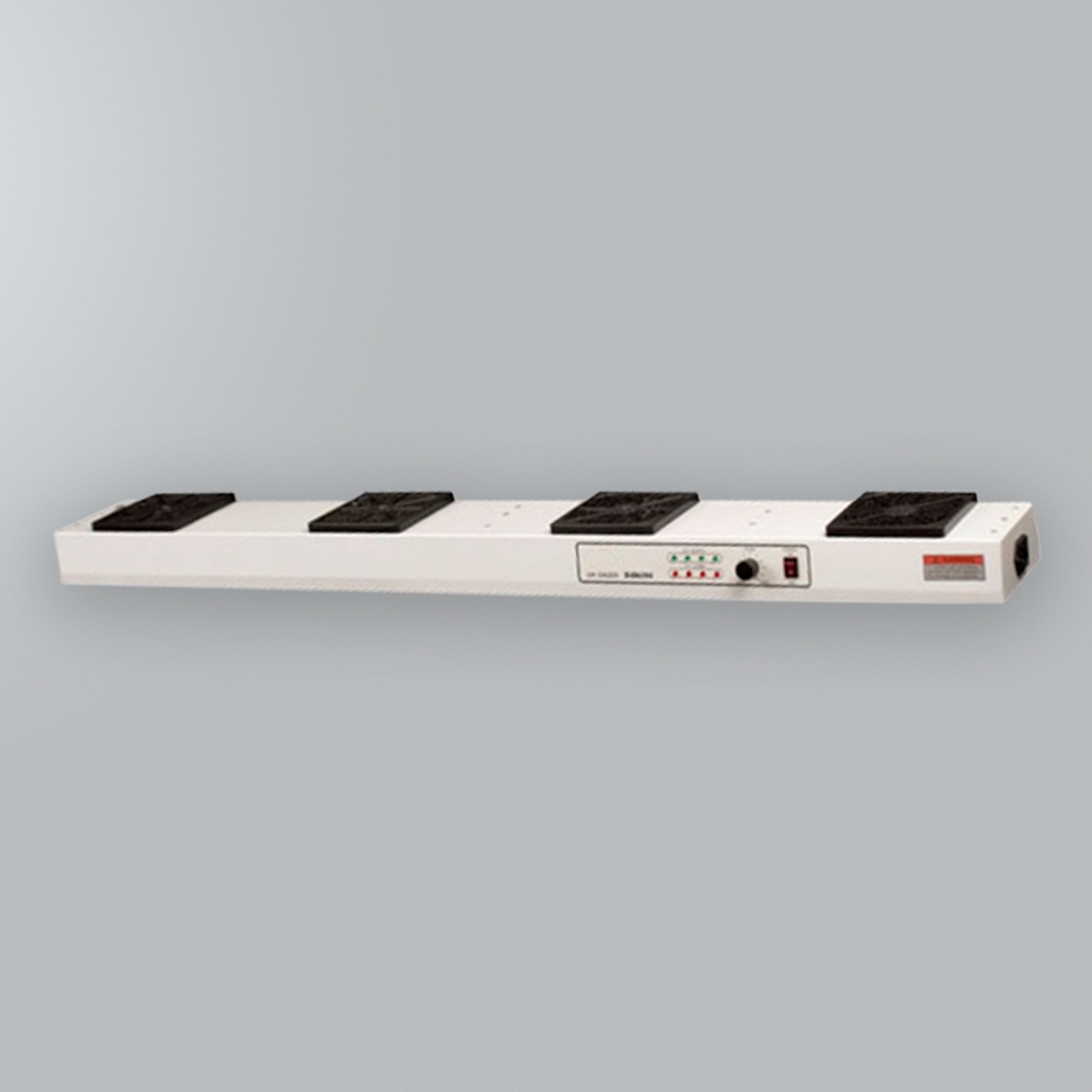

0 thoughts on “What Is Fan Static Pressure”